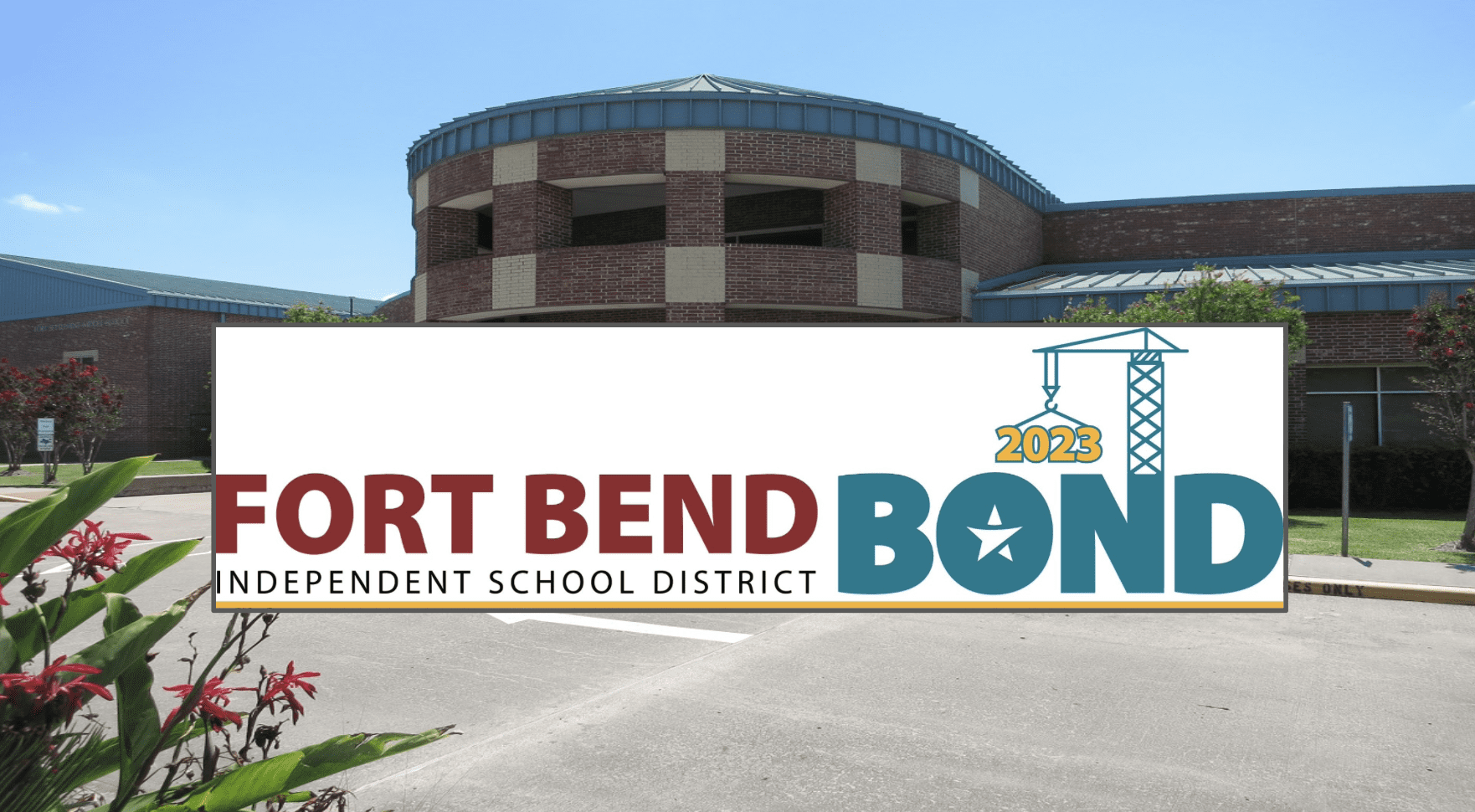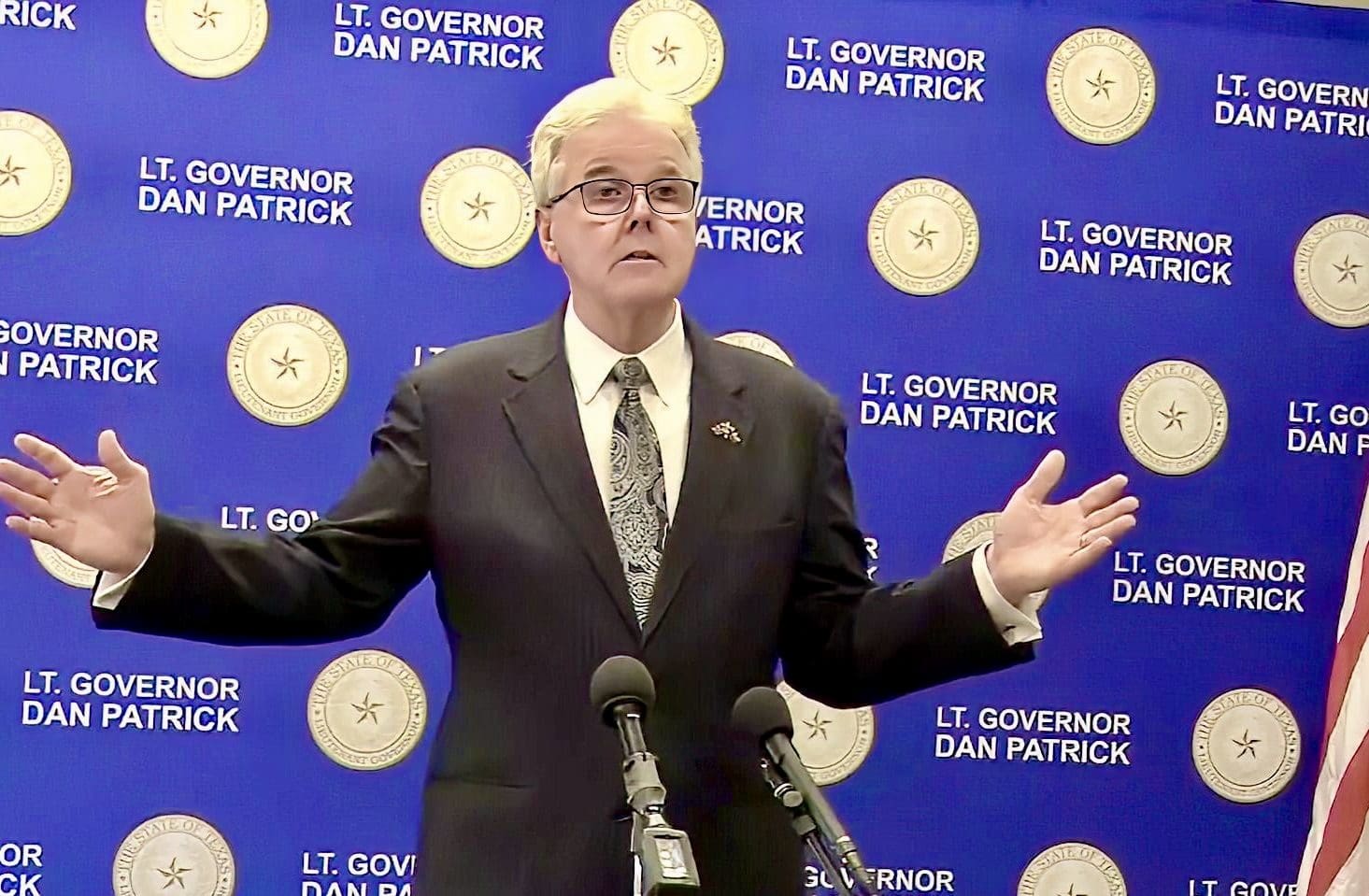Will Texas homeowners’ 2019 property tax bills be higher or lower than they were last year? That depends largely on their local elected officials.
Property owners pay taxes to several local government entities, including their county, city (if they live within one), and school district. They may also be taxed by college, hospital, utility, and other special purpose districts.
Each taxing entity sets its own separate tax rate, which is applied to the appraised value of the property less any exemptions offered. An individual’s property tax bill is the sum of all those taxes.
Since tax rates are set each fall after appraisals are made, the city, county, school, and other officials who set the tax rates control how much taxpayers will pay. They also control local spending and debt, which are the drivers behind higher property tax bills.
Setting the same tax rate as last year is meaningless because it doesn’t account for changing property values. Unless local officials reduce tax rates as property values rise, taxpayers will pay a higher property tax bill than in the previous year.
Officials who want to keep property tax bills from going up can choose the “effective” tax rate—also called the “no-new-revenue” rate because it collects the same amount of money overall from the same properties taxed the previous year, residential and commercial. (Growth generates additional tax revenue from new properties.) The effective rate adjusts as property values change to keep tax bills roughly the same, in the aggregate, though individual results vary based on valuations and exemptions.
Most local Texas officials adopted 2019 tax rates above the effective rate, meaning taxpayers will see higher property tax bills on average. How much higher?
Property tax reform passed by the Texas Legislature this year doesn’t take effect until January, leaving officials one last chance to raise taxes up to 8 percent without voter approval—a loophole several cities and counties are taking advantage of, though others chose smaller tax increases this year.
Starting in 2020, Senate Bill 2 will limit counties and cities with over 30,000 residents to 3.5 percent tax revenue increases without voter approval. School districts will be limited to 2.5 percent increases. Those increases exclude revenue collected from new properties added to the tax rolls and property taxes collected to repay debt.
By far the biggest portion of any property tax bill is the school tax—usually around 60 percent of homeowners’ total tax tab. School districts were forced to lower their tax rates for 2019 as part of education funding reform passed this year in House Bill 3.
The amount of rate “compression” or reduction depends on the district but averages 8 cents per $100 valuation, according to the Texas Education Agency. That would take $240 off the tax bill of a home valued at $300,000. School districts won’t be losing money, though; the state will more than make up for districts’ reduced property tax revenue, allowing schools to spend more than ever before.
Spending drives all taxes. To keep Texans’ property tax bills from growing ever higher, local officials must not only lower tax rates to offset rising property values, they must keep local spending under control.
Texas Scorecard will be reporting on budgets and tax rates adopted by local officials around the state so Texas taxpayers can see who is, and isn’t, working to keep their property tax bills in check.





